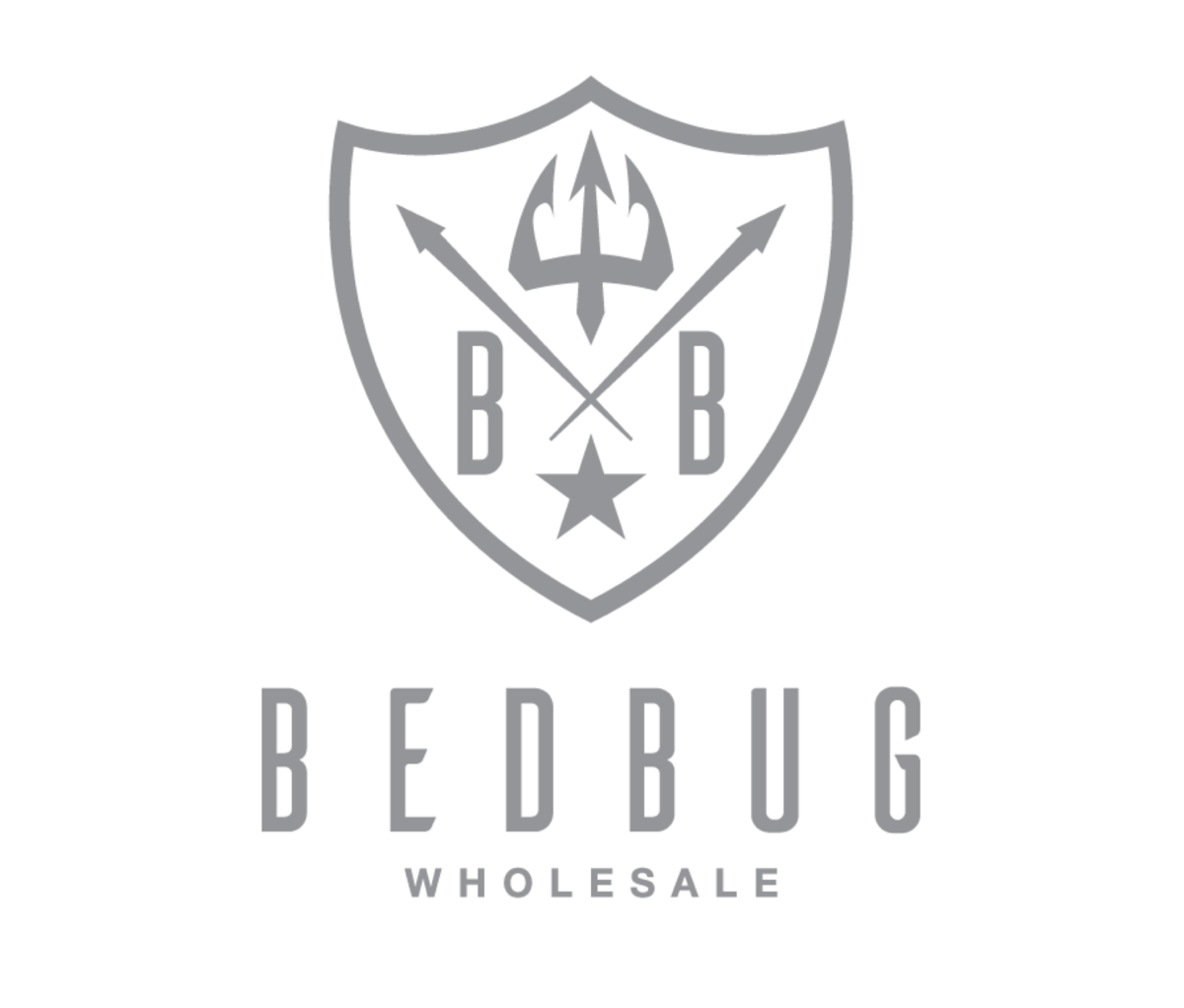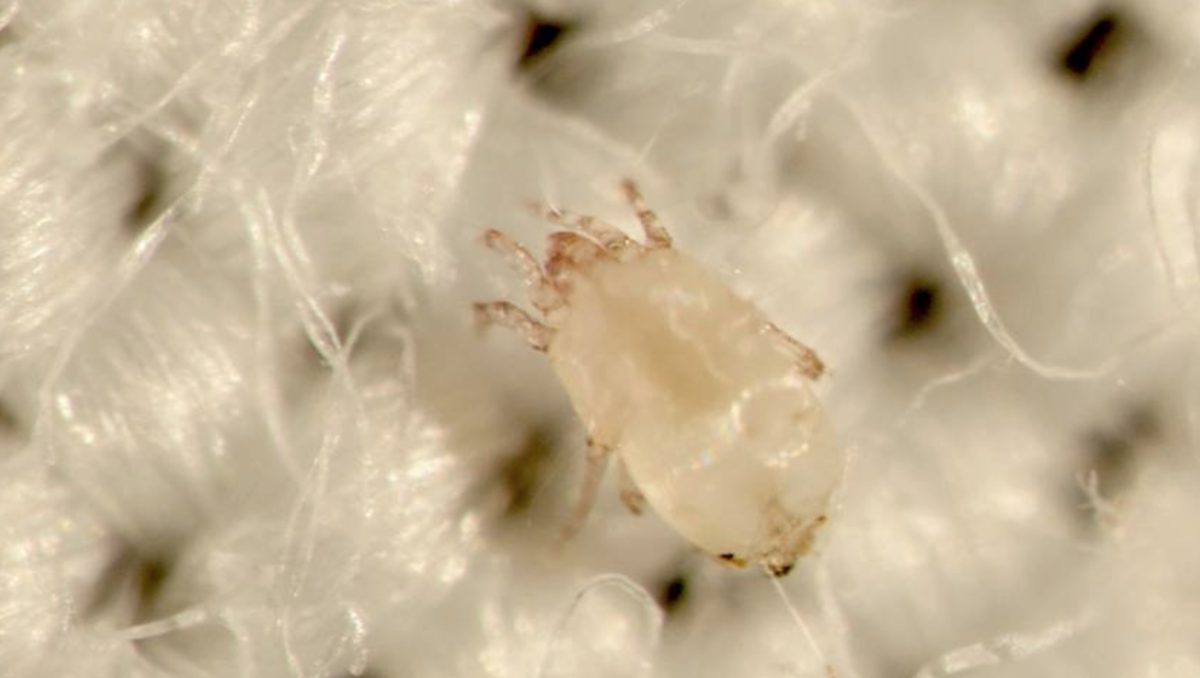The Truth About Living With Dust Mites In Australia By David Gleig, Bed Bug Wholesale The Truth About Living With Dust Mites In Australia And How To Minimise Your Allergy Symptoms There is a really good chance no one has ever told you the hard truth about dust mites, but here it is. You have them. Everybody has them. However, what are dust mites, and why do we care? Moreover, what can we do about them?What are dust mites?Dust mites are tiny arthropods, and they feed on human skin. Because human skin flakes tend to build up in, pillows, mattresses, quilts, duvets, carpets, furniture, blankets, clothes, stuffed toys and other fabric-covered items, all of these places are where dust mites tend to live. An adult sheds 1.5 grams of skin flakes every day. These flakes are enough to feed a million dust mites which are only microscopic and too tiny to see, just about all homes have them. They're on every continent except Antarctica. If you're allergic, however, you'll know they're there. Why should we care about dust mites? Dust mites don't bite or transmit disease. We can't see them but know everybody around us has them, and it's straightforward to assume that they're not that big of a problem. However, if you have asthma or allergies, dust mites will be a big deal for you. Their body parts and droppings irritate people who have an allergy to dust mites. These little critters are one of the most common environmental asthma triggers, and most of us are exposed to them all year long.If you would like to find out if you are allergic to dust mites, talk with your doctor who will likely ask you questions about any symptoms you have. They are likely to order an allergy test to confirm what you're allergic to. Symptoms of dust mite allergies are not limited to but include. Itchy or watery eyes. Sneezing stuffy or runny noses. Itchy nose, postnasal drip.Coughing. Chest tightness or pain. Difficulty breathing & wheezing. These are all common signs of asthma and allergies. A person who has a dust mite allergy may not have all of the symptoms. For people with asthma, dut mites and their droppings can trigger an attack which is worth taking seriously.Dust mites elevate asthma conditions and evidence shows that exposure to dust mite allergens can cause asthma in children. Recent studies also warn that dust mites can make asthma worse for adults who were not already sensitive to dust mite allergens. What can we do to prevent our dust mite exposure? You've probably already worked out that if every household has them, there isn't anything we can do to get rid of them permanently. There are plenty of things you can do, which will reduce your exposure to dust mites. This will ensure they don't cause problems for people with allergies or asthma in your home. Controlling dust mites is a big task (since dead mites and their feces can still cause allergic reactions).Listed below are some of the critical steps to reduce the dust mites in your home. Try and use as many of these steps possible at home to provide the best protection.Try and keep the humidity in your home below 50 per cent. Recent studies have shown that maintaining a low humidity level may be one of the most critical ways to prevent dust mites from breeding. Air dehumidifiers and conditioners can help. If the climate you live in is dry, open the windows to add ventilation.Wash your bedding in hot water once a week and make sure to dry all items thoroughly before using them again. Water 55deg or hotter will kill dust mites. Use pillow, mattress and quilt encasements that create a barrier between dust mites and yourself. Where possible look into replacing your carpets with cleanable floors. Wood, tiles or linoleum are suitable finishes. If it is not possible, vacuum every week with a HEPA filter installed, cleaning your carpets will help to reduce dust mites. Choose washable items when possible. For example, choose stuffed toys that can be washed in hot water and make sure to dry them thoroughly. To kill dust mites, you can also find items in a plastic bag inside the freezer overnight. In general, avoid upholstered furniture or items that provide a place for dust mites to build up. Dust often using a damp cloth and mop head. Using a dusting cloth or dry broom can stir up dust accidentally making it easier to breathe in and wearing a filtering mask while cleaning will reduce breathing in an excessive amount of dust mite allergen. People with allergies may want to stay out of the room before and after cleaning, which will avoid breathing in dust that has been stirred up.If this all seems overwhelming, start by reducing the humidity in your home and controlling dust mites in your sleeping areas, because that's where we get the most exposure. But the more steps you can take, the less welcome dust mites will be in your life and your home.We have some great feedback from the products that we distribute. If you are looking for a product that we stock, we would love to give you a great experience. We won't let you down. Shop Now





